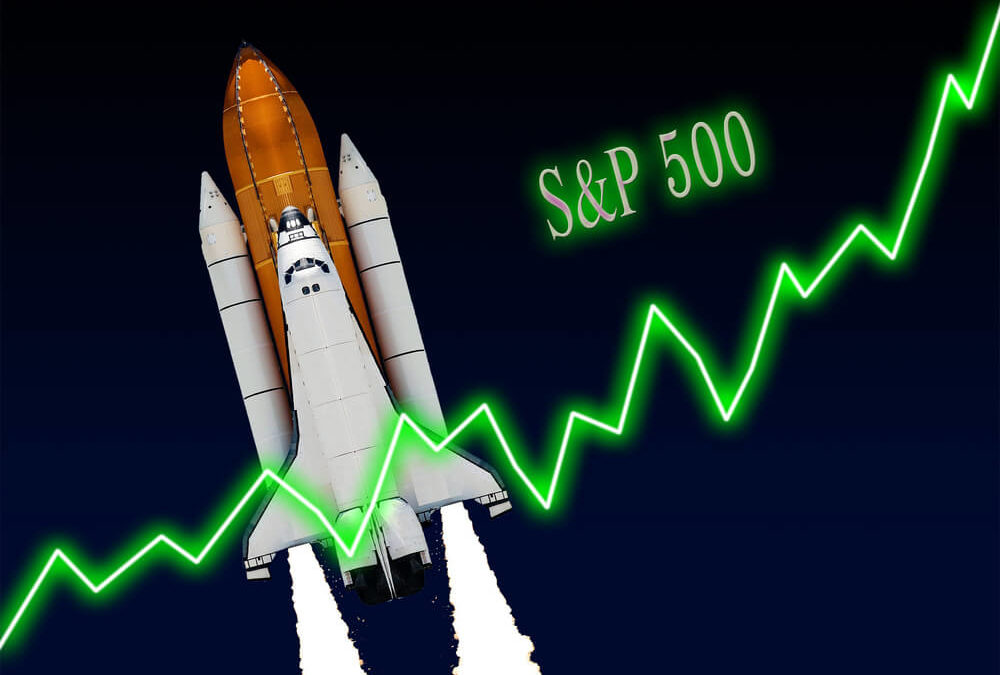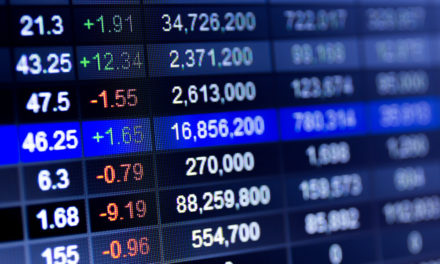The S&P 500 is about to major shot in the arm if JPMorgan and Canaccord Genuity are correct in their predictions that companies in the index will execute $800 billion in fresh stock buybacks and return $500 billion through dividends in 2019, which will send the broader market higher.
“Despite the recent market volatility, buyback activity has been very strong during the fourth quarter and we expect it to remain robust in 2019 given profit growth, lower valuation, and a record high $700 billion available to execute under existing authorizations,” JPMorgan chief equity strategist Dubravko Lakos-Bujas wrote in a note Friday.
Lakos-Bujas added that he expects the upcoming corporate buybacks will be funded mainly through cash and not debt.
Per CNBC:
“Buyback executions in 2018 have been some of the highest quality of this cycle as they have been predominantly funded by cash rather than debt, a trend we expect to persist into 2019,” Lakos-Bujas wrote. “If volatility remains elevated, corporates are likely to opt for buybacks over M&A and dividend growth.”
J.P. Morgan’s early call for persistent buyback strength came with the 2018 fourth-quarter earnings season in full swing. More than 20 percent of S&P 500 companies have already reported results, with more than 70 percent of the group topping Wall Street’s profit expectations.
J.P. Morgan expects a lot of upside for the domestic market in 2019. Its S&P 500 price target is 3,000 for the full year, a more than 13 percent gain from the current level.
Buyback Window
But even if companies did want to charge ahead with buybacks, some would have likely have to stall following their earnings announcement.
The Securities and Exchange Commission established rules governing the conditions under which companies can buy back their own shares. Corporations cannot do so at the end of the trading day (in the last 10 minutes), they have to use a single broker for the trades, they have to buy shares at the prevailing market price, and they can’t be more than 25 percent of the average trading volume over the previous four weeks.
Further, company executives may have access to inside information, particularly in the period when they are gathering corporate financial information immediately before an earnings report. Most publicly traded companies have predetermined blackout periods that restrict trading in shares prior to and immediately after the company reports earnings as to avoid the appearance of insider trading.
So as more and more companies report, Wall Street trading desks will get the green light to buy again for corporate clients.
“The most advantageous time for buyback desks to put money to work is shortly after a correction has concluded,” wrote Canaccord Genuity’s Brian Reynolds. “Equity prices are near the point where those desks would likely begin to feel pressure to chase equities higher, as has happened after every major correction in the modern shadow banking era.”
Reynolds did note, however, that some companies may be tempted to wait for a pullback instead of chasing stocks higher. The strategist recalled the equity action one year ago, when a brief pullback in February was resolved with the help of buyback desks chasing stocks higher for four months thereafter.
So while companies may haggling over the timing, the decision to repurchase will have to be made at some point soon.
“If they wait too long and buy above the average, they are viewed by their clients as adding increasingly less value,” Reynolds wrote. Canaccord Genuity also sees big upside for the S&P 500 over the next 11 months with a year-end target of 2,950, representing 11 percent upside from current levels.




